The temperature control valve is one of the most commonly used control valves. These valves are used in different industrial applications to control the temperature of the fluid. The efficient working of this valve is very important to achieve optimum efficiency. This article mainly explains the temperature control valve working, applications, and types.
What is a Temperature Control Valve?
A temperature control valve (TCV) is used to control the process temperature by regulating the flow or pressure of thermal fluid in a heating coil, tank shell, compressor, or other heating element. The temperature control valve is also known as a temperature regulator.
The temperature control valves are employed in processes that need to maintain a stable temperature when the ambient temperature changes.
The TCVs are useful in industrial, marine, and process control applications where liquids are diverted or mixed to attain the best operating temperature. They can also be used in a cogeneration system to regulate the temperature of the heat recovery loop to maximize heat recovery and ensure proper engine cooling. All of this helps to deliver the optimal temperature for your process and avoid costly downtime.
Valves for various applications are most commonly named by the number of their ports. For example, as the name suggests, a two-way valve contains two ports. A three-way valve contains three ports. A valve port is a valve connection point where fluids enter or exit the valve.
Sometimes, TCV can be used to moderate engine temperatures and a faulty TCV can even create the failure of car engines as suggested by some car accident attorneys.
How does a Temperature Control Valve Work?
Before delving into the workings of temperature control valves, it is vital to understand their design. The design of the temperature control valve consists of 4 major components parts:
- Temperature sensing element
- Sensor
- Power supply
- Controlling medium
The temperature-sensing element is responsible for sending a mechanical or electrical signal to an actuator. With this signal, the actuator then acts on a voltage supply that measures the position of the valve.
The temperature regulator is actuated by a mechanical temperature gauge. It contains a full lightbulb as the temperature sensor. Due to the thermal expansion properties of the material, it swells as the temperature rises. This expansion loads the actuator pressure. This pressure controls the valve position in the regulator that regulates the flow of refrigerant.
Temperature control valves use the following two common temperature control schemes:
Mixing of hot and cold process liquids:
In this case, the cold and hot process liquids are set at two dissimilar temperatures (Tx and Ty). A temperature control valve (TCV) is configured to physically mix these fluids to achieve the desired temperature. It is vital to observe that no chemical reactions take place between the liquids. The sensor installs in the hot process liquid. Ty calculates the thermal process fluid temperature and transfers it to the controller with the Tx setpoint. When the thermal process fluid temperature exceeds Ty, the controller recognizes the temperature change. The control valve mixes the cold process liquid with the hot process liquid until the desired temperature is gained.
Heat exchange between hot and cold process liquids:
In this process, instead of mixing the liquids, energy is transferred between two hot and cold process liquids. This means that the hot fluid flows through the heat exchanger shell while the cold fluid transfers energy through the tubes. The hot liquid transfers energy to the cold liquid and the temperature rise of the cold liquid is observed and regulated by a temperature transmitter and transferred to the temperature controller. As the temperature rises, the controller sends it to the temperature control valve to turn it on or off accordingly. It stays on until the desired temperature is reached, facilitating energy transfer.
Types of Temperature Control Valves
Broadly there are two types of temperature control valves;
- Thermostatic Control Valves, and
- Actuated Control Valves
Thermostatic Control Valves
Valves that work by detecting and regulating the temperature of the liquid inside are called thermostatic control valves. This temperature control valve is self-contained and requires no external power supply. The working temperature range is measured by the chemistry of the wax material and is preset at the factory or local dealer as recommended by the engine or equipment manufacturer.
When the thermostatic element is adjusted according to the specific temperature, it can’t be reformed without installing a new element. This rugged yet simple design stops operators from accidentally overheating or overcooling equipment, resulting in poor fuel economy, costly repairs, and downtime.
Actuated Control Valves
Unlike internal sensing valves, actuation control valves are typically part of a complete system that uses an external probe to sense temperature changes. The probe transfers a signal to the powertrain control module (PCM) to open and close the valve port using an external power supply. Normal system types include pneumatic, electric, or a combination of both.
However, this type of valve requires more components to function, it has several advantages. First, it tends to be more precise. So, if your application needs accurate temperature control, this method is the best option. Second, unlike a thermostatic valve, the actuated control valve permits flexible adjustments to the temperature range as operating conditions change.
Temperature Control Valve Applications
The temperature control valves are most commonly used for different industrial and residential applications. The following are the major applications of temperature control valves:
- Unit heaters
- Small jacketed pans
- Small heater batteries
- Tracer lines
- Ironers
- Small storage calorifiers
- Small tanks
- Acid baths
Some of the industries that use temperature control valves are
- Food Industries
- Oil and Gas sectors
- Chemical and Petrochemical industries.
Advantages and Disadvantages of Temperature Control Valve
Advantages of Temperature Control Valve
- These types of valves have low cost.
- They have small sizes.
- They are easy to install.
- The temperature control valve has one trade installation.
- It is very robust and reliable.
- Tolerant of imperfect steam conditions and of being oversized.
- It works on a self-acting principle which means that no external power is needed.
- You can easily select it according to your requirements.
- These valves are available in different designs different capillary lengths and temperature ranges.
Disadvantages of Temperature Control Valve
- These valves are available in limited sizes.
- They have limited pressure ratings.
- Sensors tend to be much larger than the pneumatic and electronic equivalents and also much slower acting.
- Limited turndown.

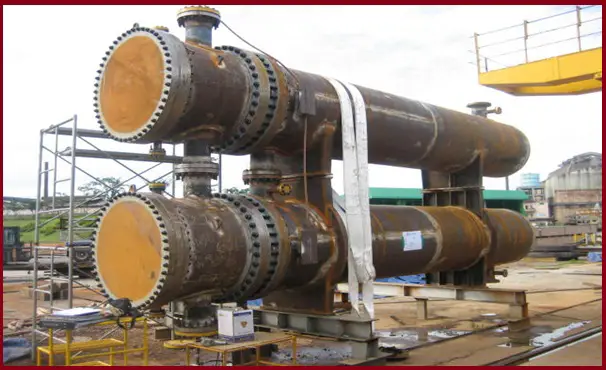

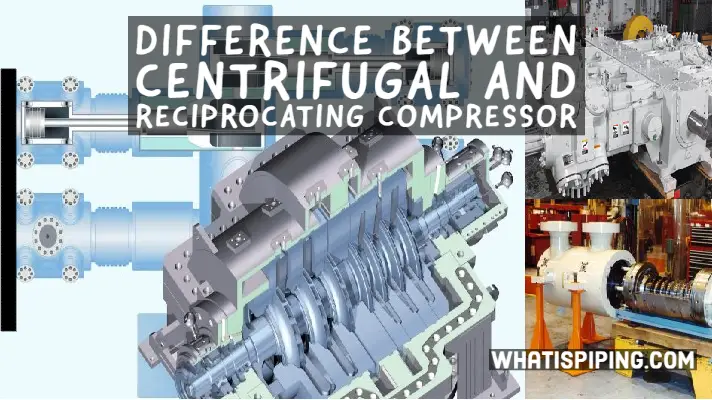
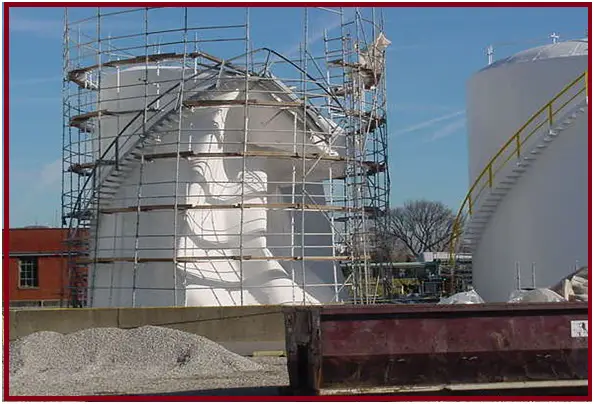

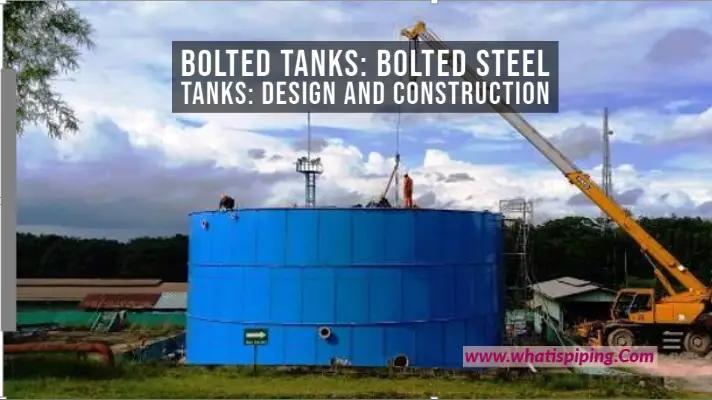

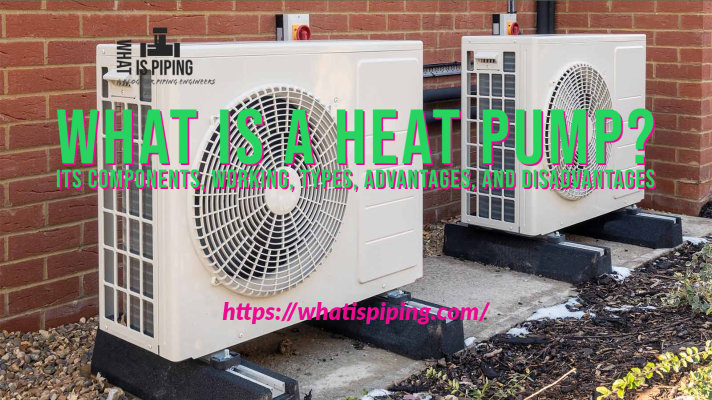
HELLO
Kindly provide us with your best pricing include weight, freight cost and lead time
Item
Description
Part Number
Unit
Qty
1
EACH
1
VALVE: TEMPERATURE CONTROL / SERIAL #: 222820-01 /ORDER #: T&G/SVL /003 / BODY MATERIAL: CS ASTM A216 WCB / SIZE: 6 INCH / RATING: ANSI 300 / INLET END CONNECTION: 6 INCH ANSI 300 RF / MAX ALLOW TEMP: 375 DEG C / MIN ALLOW TEMP: 0 DEG C / SIGNAL: 4 – 20 mA / TRAVEL: 2.25 INCH / SERIES: 1442 / TRIM MATL: 316 SS/STELLITE SA /MONTH YEAR MFR: SEPT 2016 / POWER FAIL: CLOSED/BOTTOM POF / OUTLET END CONNECTION: 6 ANSI 300 RF / MAX ALLOWABLE PRESSURE AT DESIGN TEMP; 36.4 BARG / MIN ALLOWABLE TEMP: 1 BARG / MANUFACTURER: Severn Unival LIMITED UK / TV-418500 / BIRDSROY LANE, BRIGHOUSE
Item
Description
Part Number
Unit
Qty
2
EACH
1
VALVE: MANUAL, WITH GEAR OPERATOR/ 6 INCH CLASS 300 B2RRCH- 4118184 / FIRESAFE BALL VALVES / BODY: A105N / END: RF / TYPE: SZ26P5FEDAOKTASRS / NO: 1290610/02-01/02 / MANUFACTURER: SACCAP Manual valve